Impact
Art has the power to heal.
Creative Forces programs offer ways for military-connected people to access healing through the arts.
The need is clear: hundreds of thousands of service members have been diagnosed with traumatic brain injuries, which can impact speech, memory, and bodily functions like vision and balance. Hundreds of thousands of veterans have post-traumatic stress disorder (PTSD) in any given year, and the families and caregivers of service members and veterans may also experience unique health and psychological effects.
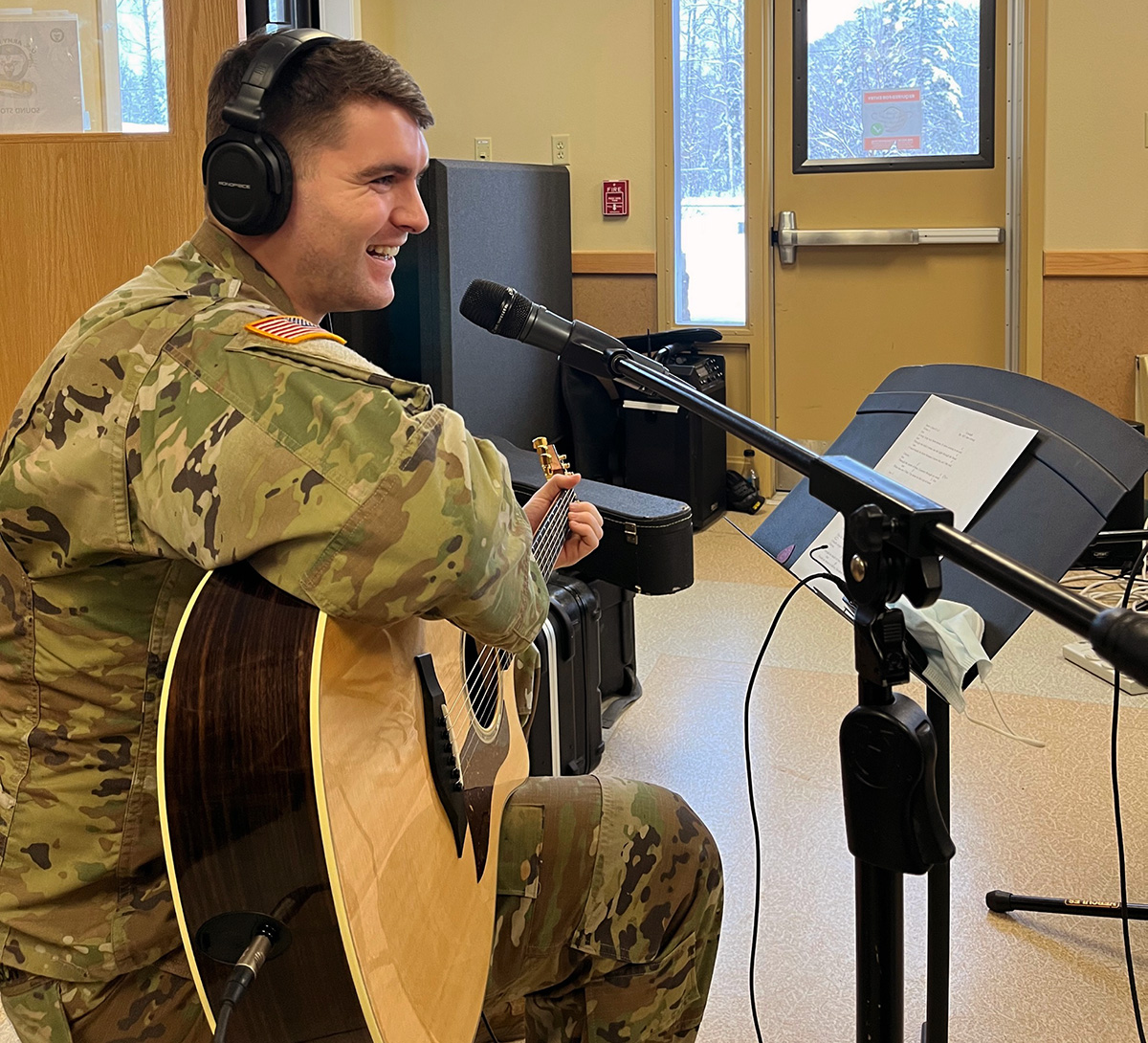
How we measure impact
The impact of Creative Forces is measured through rigorous qualitative and quantitative research and evaluation. It is brought to life through the stories of people who have been able to access the healing power of the arts.
The Clinical Program reaches thousands of new patients every year. Creative Forces invests in research on the impacts and benefits – physical, social, and emotional – of creative arts therapies as innovative treatment methods.
The Community Engagement Program expands the reach of Creative Forces by supporting community-based arts programming. Through monitoring, evaluation, and learning (MEL), we evaluate the impact on participants, community partners, and the broader fields of military arts and health.
Clinical Program impact
Since 2012, Creative Forces has placed creative arts therapists (CATs) at military hospitals and veterans facilities, where they have provided creative arts therapies to military-connected people and their families.
Clinical Program reach (as of Dec. 2024)
25,063 patients
Have received care at Creative Forces Clinical Program sites since 2017.
141,214 therapy encounters
Led by Creative Forces creative arts therapists.
32 creative arts therapists
Work with patients and families at 12 Creative Forces clinical sites.
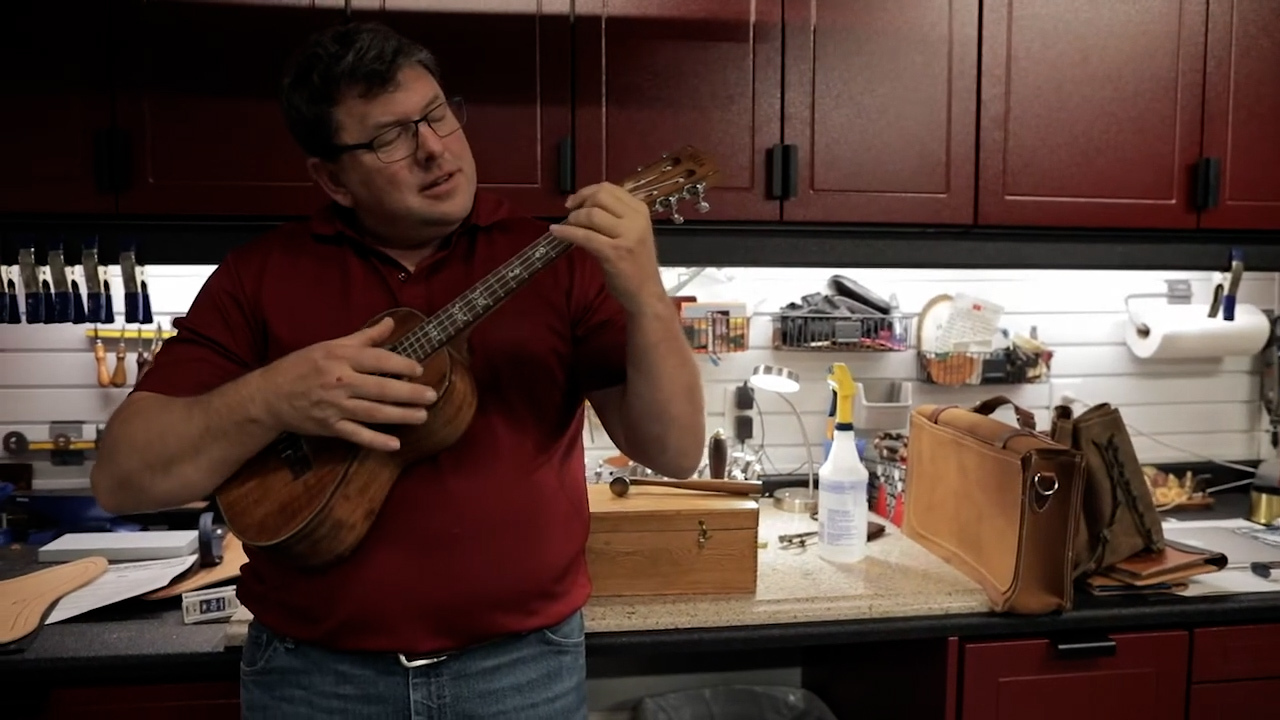
Healing the Invisible Wounds of War
Creative Forces: Healing the Invisible Wounds of War was an interactive online exhibition of 45 pieces of visual art, music, and performances by military service members and veterans who are current or former participants in the Creative Forces®: NEA Military Healing Arts Network.
Read the full articleClinical research
Creative Forces has published 26 peer-reviewed research studies on the impact of creative arts therapies for patients with traumatic brain injuries and associated psychological health issues.
Clinical research findings indicate that creative arts therapies can:
- Enable recovery from traumatic experiences
- Reduce symptoms associated with PTSD
- Foster the ability to experience hope and gratification
- Reduce isolation and stigma associated with traumatic brain injuries and associated psychological health issues
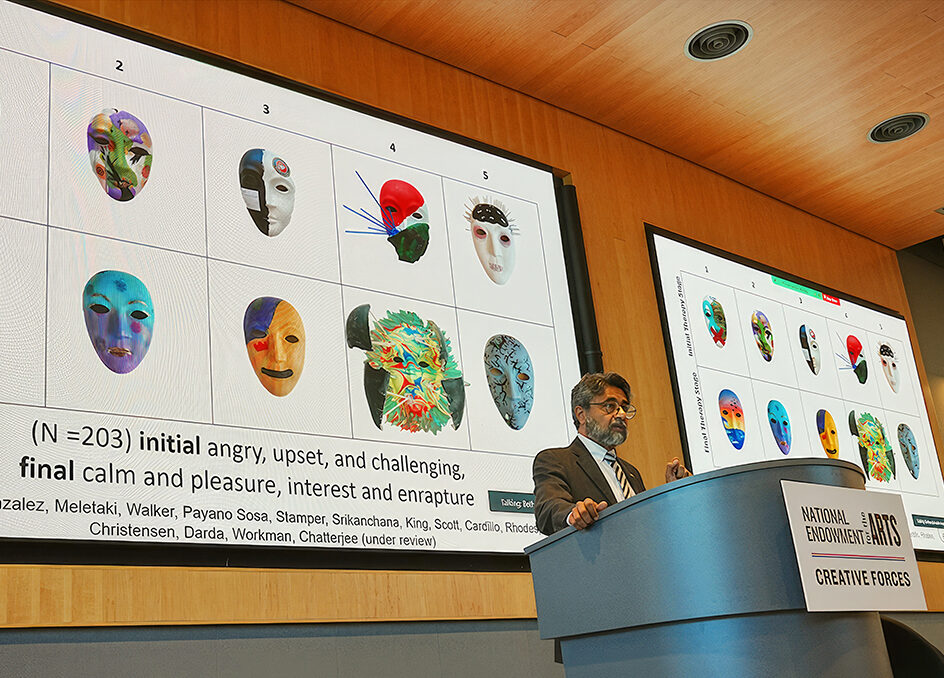
Music and art is that main output for me to control the seizures on my right brain.
One session with my music therapist, I went the next day almost seizure free. And it was an aha moment for me almost immediately of like, well, the only thing that changed was I went and she made me sing. That moment I knew the art was going to help me immensely.
Michael Schneider, MSGT, U.S. Marine Corps (Retired)
Watch a series of short videos about how creative arts therapy has affected the lives of military service members and veterans. It was developed as part of our “Healing the Invisible Wounds of War” online exhibition.
Community Engagement Program impact
Learning and evaluation are core components of the Community Engagement Program. We use qualitative and quantitative methods to understand the effectiveness of community arts programs in promoting creative expression, social connectedness, resilience, independence, and a successful transition to civilian life.
In 2020, Creative Forces completed the program evaluation of ten pilot Community Connections projects, which informed the development of the Community Engagement Program.
Evaluation of the 2022-2023 and 2023-2024 grants made through the Community Engagement Program is ongoing, as many of the grants support two years of programming.
Community Engagement Program reach
200+ arts experiences for 1,055 participants
Between 2018 and 2020 at 10 Community Connections projects.
$2.2M+ in funding to 101 projects
Awarded through the Community Engagement grant program since 2022.
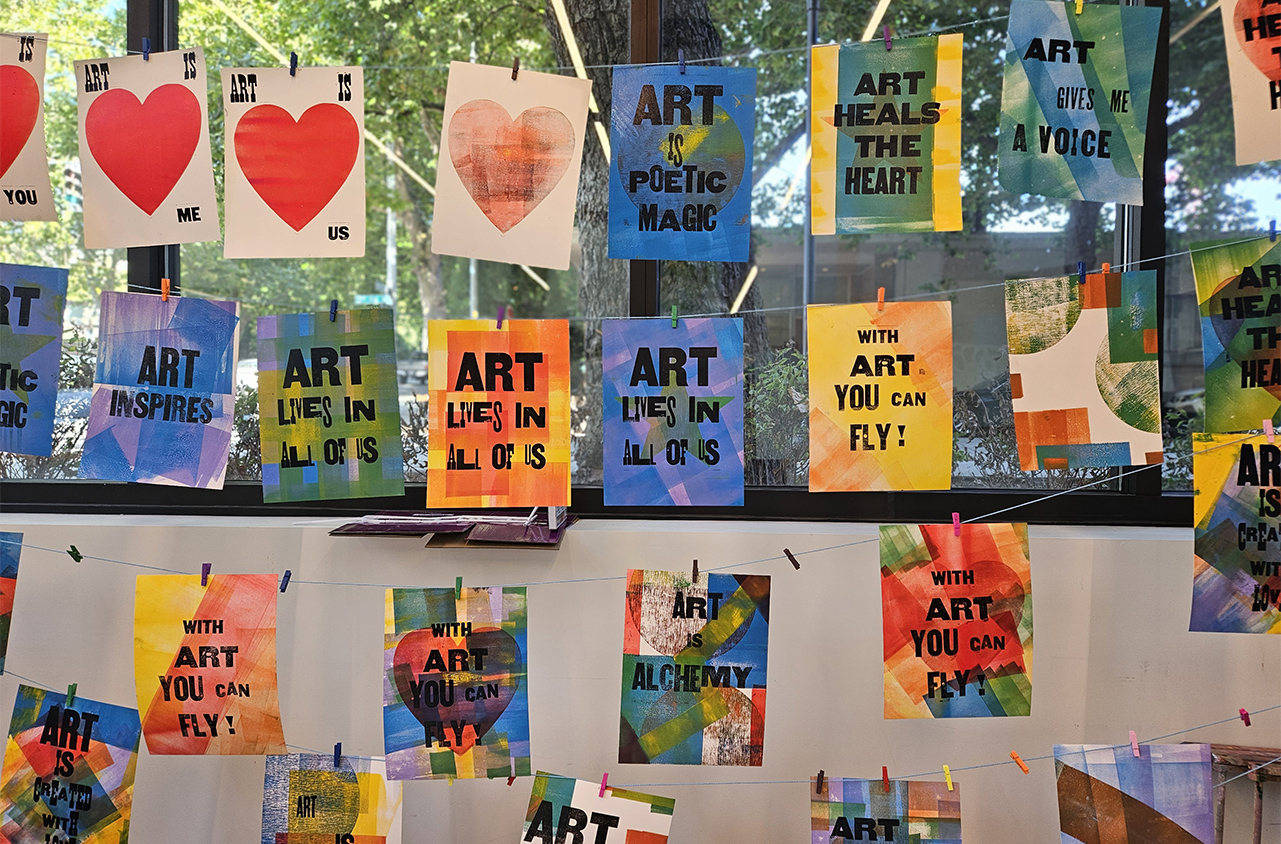
Path with Art: Reimagining a Way Forward
From singing to visual art, veterans use creative expression to transform their lives
Path with Art, a nonprofit organization in Seattle, Washington and a 2022 Creative Forces Community Engagement grant recipient, helps veterans find a way forward through creative expression.
Read the full articleI think the biggest thing is recognizing how valuable the community arts organizations are to service members, their families, and the civilian community.
They are bridging the gap and creating a way of giving our service members and their families a way of telling their story and making their experiences as military service members more relatable to the civilian side. The arts are an incredible way of doing that. I think this is important to everybody.
Director, Community Connections partner
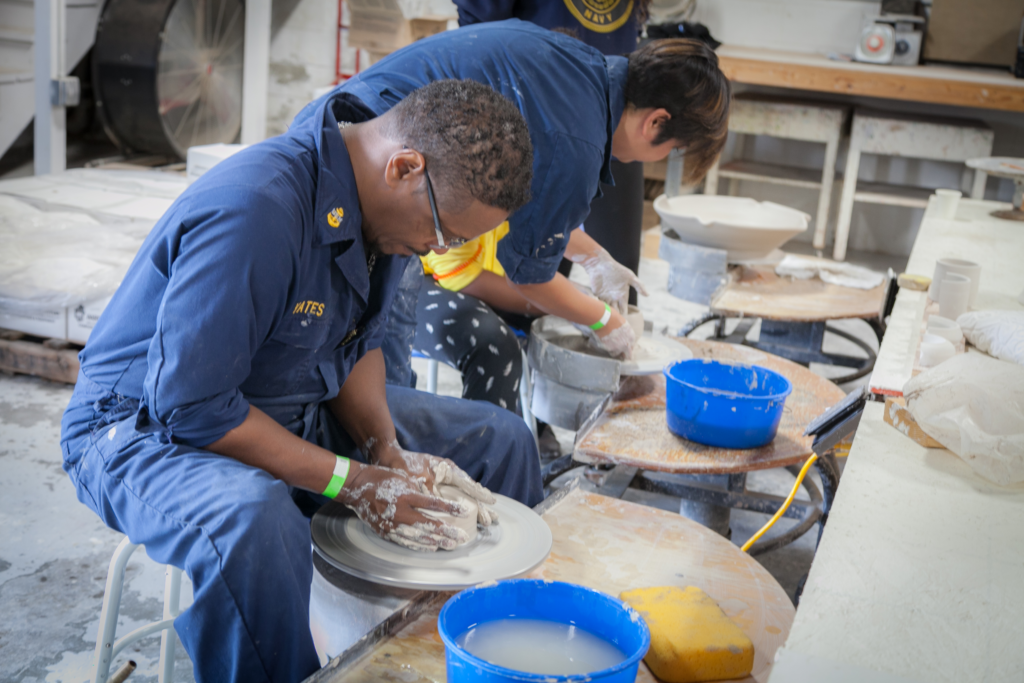
Benefits of community arts engagement
A study of the pilot Community Connections projects found benefits to participants, organizations, and communities.
Military-connected people experienced a range of benefits, including:
- Improved mental health and/or quality of life
- Increased sense of community
- Improved artistic skills
- Increased empowerment
Organizations that implemented the Community Connections projects experienced:
- Increased capacity and commitment to serve military-connected communities
- Improved communication with clinical providers
- Improved collaboration among arts organizations
- Increased community awareness of the benefits of the arts
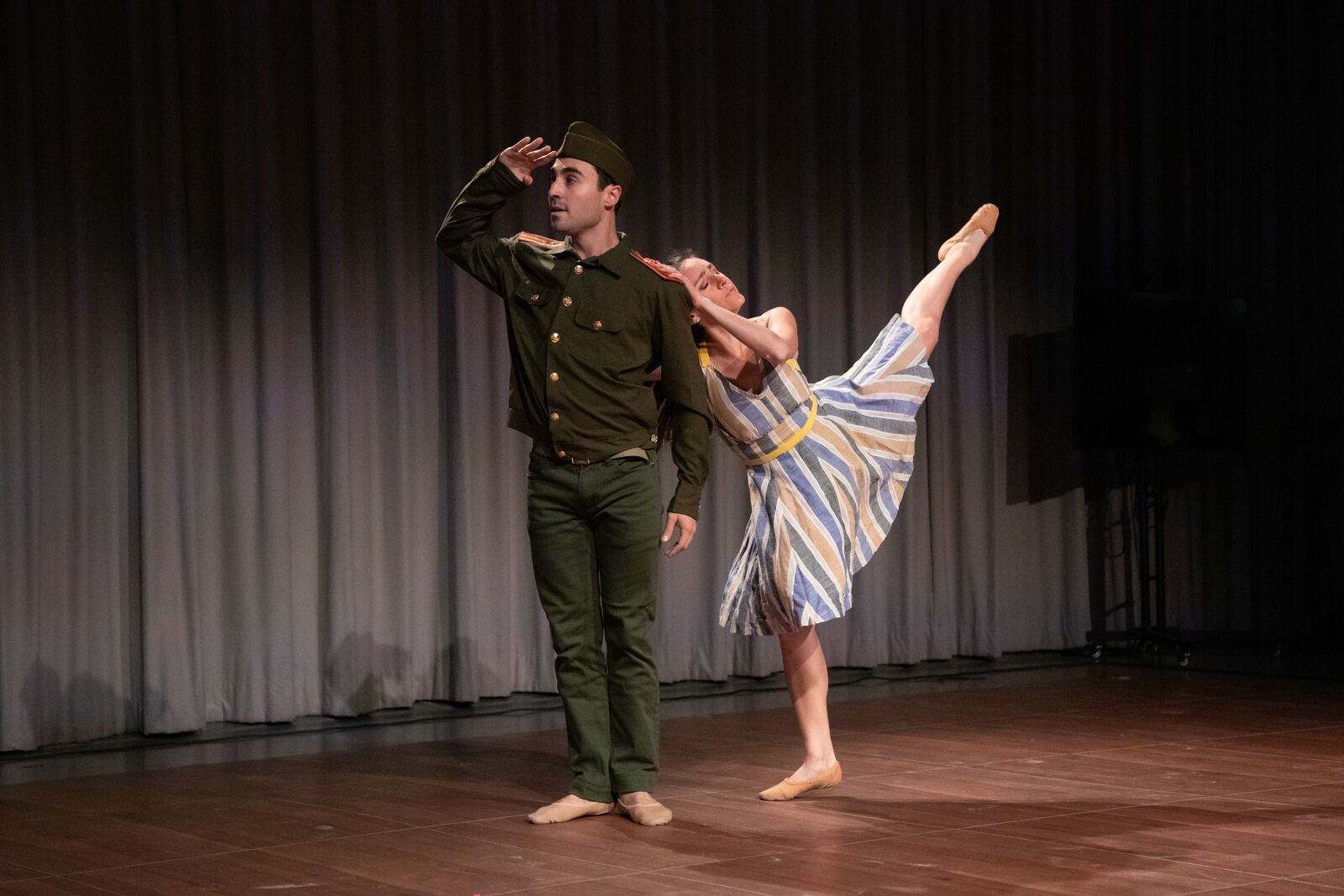
From Drills to Dance
Stories that vibrate in the bones
Dance is a powerful form of expression and can be a tool for people dealing with trauma. Read this story about how the Exit12 Dance Company uses dance as a medium for expressing the experiences of veterans and promoting healing from the physical and emotional scars of war.
Read the full article